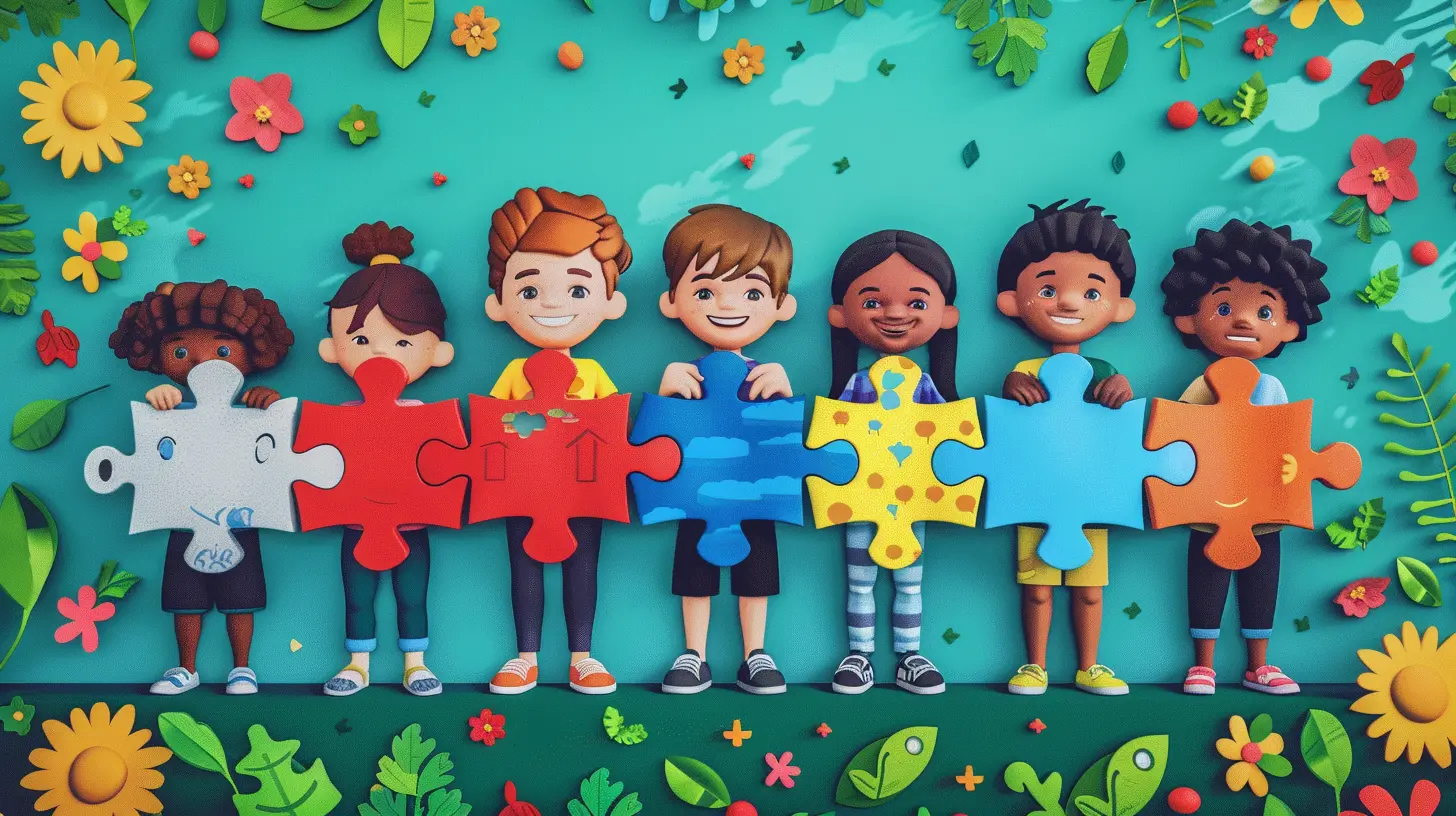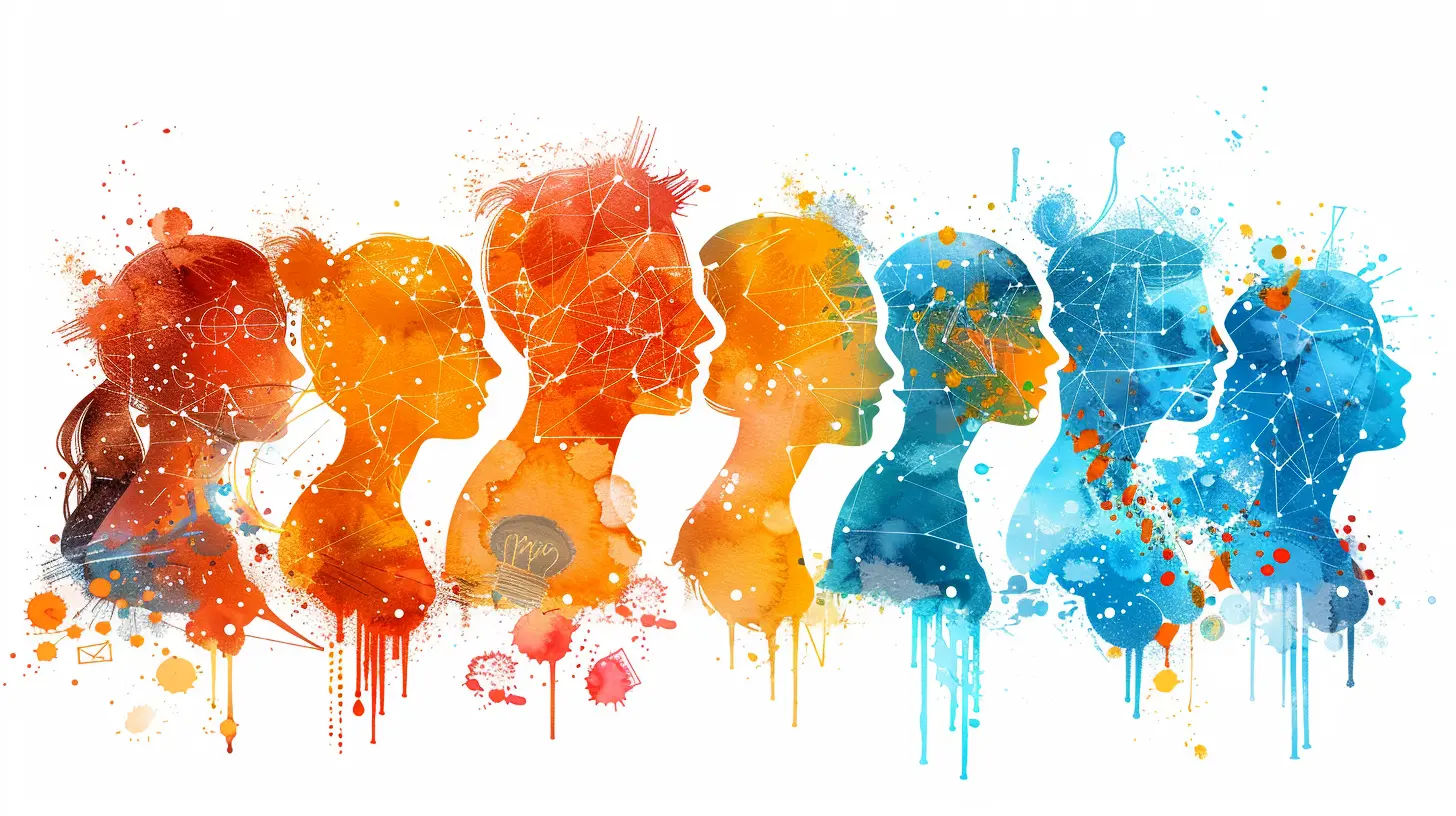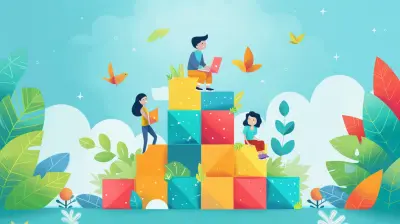Collaborative Learning in Language Acquisition: A Path to Fluency
27 May 2025
Language learning can feel like running a marathon—you start strong, hit roadblocks, and sometimes feel like giving up. But what if I told you there’s a way to make the process smoother and more enjoyable? Enter collaborative learning, a game-changer in language acquisition.
Forget the old-school approach of memorizing endless vocabulary lists in isolation. Instead, imagine learning a language the same way you picked up your native tongue—by talking, listening, and engaging with others. Sounds appealing, right? Let’s dive into why collaborative learning is the ultimate path to fluency.

What is Collaborative Learning?
Collaborative learning is exactly what it sounds like—learning together. Instead of studying alone, you engage with peers in meaningful conversations, problem-solving tasks, and interactive activities. This method mirrors real-life communication, making language acquisition more natural and effective.Think about it: Did you learn your first language by drilling grammar rules in a textbook? No! You picked it up by interacting with family, friends, and the world around you. That’s the magic of collaboration.

Why Collaborative Learning Works for Language Acquisition
So, why does learning a language with others work better than going solo? Here’s the science behind it:1. Real-Life Communication Practice
When you learn with others, you engage in real conversations. Instead of passively absorbing information, you actively use the language in discussions, debates, and casual chats. The result? You develop fluency, not just theoretical knowledge.2. Builds Confidence and Reduces Anxiety
Speaking a new language can be nerve-wracking. But practicing in a supportive group setting reduces fear and boosts confidence. You make mistakes, laugh them off, and improve without the pressure of perfection.3. Exposure to Different Accents and Speaking Styles
A language isn’t just about words—it’s about how people use them. Learning in a group exposes you to multiple accents, speech patterns, and colloquial expressions, helping you become a well-rounded speaker.4. Immediate Feedback and Corrections
Ever tried speaking a language alone and wondered if you were saying things correctly? In a collaborative setting, peers and instructors can correct mistakes in real-time, reinforcing proper pronunciation and grammar.5. Encourages Active Learning
Instead of passively reading or listening, collaborative learning demands active participation. Whether it’s a group discussion, role-playing exercise, or storytelling session, you’re constantly engaging with the language.
How to Implement Collaborative Learning for Language Fluency
Ready to ditch the boring solo study sessions? Here are some powerful ways to integrate collaboration into your language-learning journey.1. Join a Language Exchange Group
Language exchange is a win-win. You teach someone your native language while they teach you theirs. Platforms like Tandem, HelloTalk, and Meetup make it easy to connect with language learners globally.2. Participate in Group Discussions and Debates
Want to level up your vocabulary and critical thinking skills? Group discussions and debates force you to articulate your thoughts clearly, which is essential for fluency.3. Engage in Role-Playing Activities
Pretend you’re ordering food at a restaurant, booking a hotel, or negotiating a business deal—all in your target language. Role-playing makes learning fun and prepares you for real-world situations.4. Use Social Media and Online Forums
Join Facebook groups, Reddit threads, or Discord communities where language learners interact daily. Engaging in discussions, commenting on posts, and asking questions accelerates your learning.5. Practice with a Study Buddy
Find a partner who’s also learning the language and schedule regular study sessions. Not only will you motivate each other, but you’ll also reinforce learning through peer teaching.6. Enroll in Interactive Language Courses
Many online courses incorporate collaborative learning through live group classes and discussion forums. Platforms like Duolingo Events, iTalki, and Preply connect learners with native speakers in immersive settings.
The Role of Technology in Collaborative Language Learning
We’re living in the digital age, and technology has revolutionized language learning. Here’s how you can leverage tech for better collaboration:1. Video Conferencing Tools (Zoom, Skype, Google Meet)
Virtual meetups enable learners to practice speaking with people worldwide. Whether it’s a structured lesson or a casual chat, video calls make face-to-face interaction possible.2. Collaborative Documents (Google Docs, Notion, Slack)
Writing exercises don’t have to be dull. With collaborative tools, learners can edit each other’s work, provide feedback, and refine their writing skills in real-time.3. Language Learning Apps (Duolingo, Babbel, Rosetta Stone)
While apps can never replace human interaction, they offer interactive exercises that can be used in group activities. Many apps now have social features where users can compete, collaborate, and challenge each other.4. Online Multiplayer Games
Surprisingly, multiplayer games can enhance language learning. Games like Scrabble, among others, encourage vocabulary building and communication in a fun, engaging way.Overcoming Challenges in Collaborative Learning
Of course, no learning method is perfect. Collaborative learning comes with its own set of challenges. Here’s how to tackle them:1. Language Barriers and Confidence Issues
Beginners may feel intimidated in a group setting. The key is to create a judgment-free zone where mistakes are seen as learning opportunities, not failures.2. Differences in Skill Levels
Groups often consist of learners with varying proficiency. Pairing beginners with advanced learners can create a mentor-mentee dynamic, ensuring that everyone benefits.3. Scheduling Conflicts
Coordinating study sessions across different time zones and schedules can be tricky. Using scheduling tools like Google Calendar or Doodle can help streamline planning.
The Future of Collaborative Language Learning
As technology advances, collaborative learning is becoming even more accessible. AI-powered language tools, virtual reality classrooms, and interactive learning communities are shaping the future of language acquisition. Imagine practicing your French in a virtual Paris café or discussing literature with native speakers—exciting, right?The bottom line? Language learning doesn’t have to be a lonely journey. Surround yourself with like-minded learners, embrace the power of collaboration, and watch your fluency skyrocket.
Final Thoughts
If you’ve been struggling to learn a new language, collaborative learning might be the missing piece. It’s interactive, engaging, and—above all—effective. Whether you’re chatting with a language partner, debating in a group, or role-playing everyday scenarios, every interaction brings you closer to fluency.So, why go at it alone when you can learn together? Dive into collaborative learning and transform the way you acquire language skills. Trust me, your future fluent self will thank you!
all images in this post were generated using AI tools
Category:
Collaborative LearningAuthor:

Bethany Hudson
Discussion
rate this article
3 comments
Piper McDonough
Collaborative learning: where language meets laughter! Who knew mastering verbs could come with a side of giggles and grammar games?
June 9, 2025 at 12:12 PM

Bethany Hudson
Absolutely! Collaborative learning not only enhances understanding but also makes the process enjoyable—laughter truly is a great teacher!
Paula McDaniel
Collaborative learning enhances language acquisition by fostering interaction, motivation, and practical application, key components for achieving fluency.
June 2, 2025 at 3:13 AM

Bethany Hudson
Thank you for highlighting the benefits of collaborative learning! I completely agree that interaction, motivation, and practical application are vital for achieving fluency in language acquisition.
Maisie Jackson
What a delightful read! Collaborative learning truly transforms the language acquisition experience. There's something special about sharing the journey with others—boosting confidence, sparking creativity, and making mistakes feel less daunting. It’s like building fluency together, one conversation at a time. Thanks for the insights!
May 28, 2025 at 3:22 AM

Bethany Hudson
Thank you for your kind words! I'm glad you found the insights on collaborative learning valuable. It's truly transformative!



